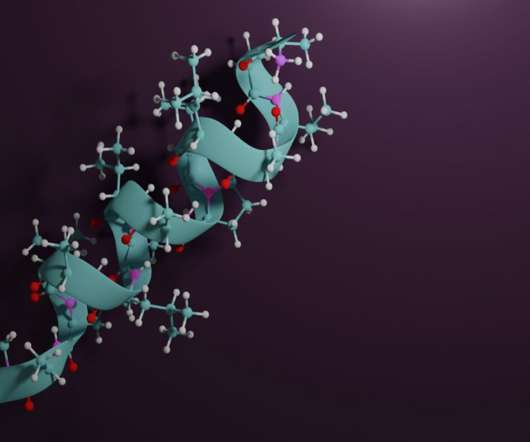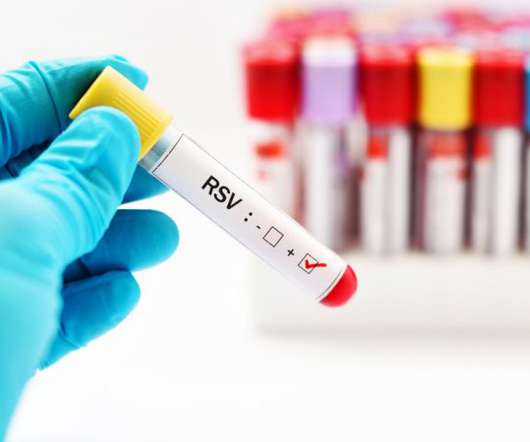NRG announces £16m Series A for IND for Parkinson’s and ALS
pharmaphorum
NOVEMBER 9, 2022
Meanwhile, NRG’s in vitro studies have shown its INDs to protect mitochondria and increase the viability of human cells, potentially able to halt or significantly slow progression of diseases such as Parkinson’s and ALS. In ALS , the protein TDP-43 triggers neuroinflammation via activation of the innate immune sensor STING.













Let's personalize your content